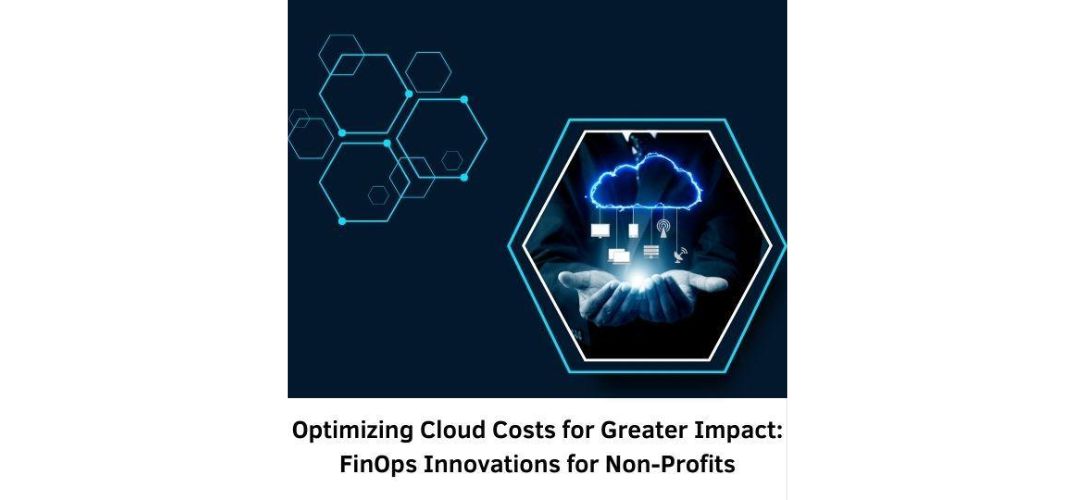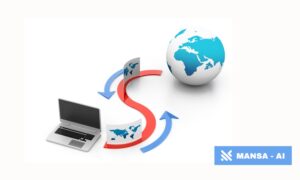In the age of the modern digital world, by streamlining cloud cost management through FinOps automation, non-profits can allocate more resources to their core missions. Sridhar Sampath, an expert in cloud cost optimization, explores this transformative approach, offering practical insights into how mission-driven organizations can harness technology for maximum impact.
The Financial Burden of Cloud Infrastructure
Non-profits migrating to the cloud face distinct financial challenges, balancing technology investments with program funding. Unlike commercial enterprises, they must optimize resources to prevent cloud expenses from diverting funds from mission-critical initiatives. Unpredictable costs and inefficient allocation can strain budgets, making structured cost management essential. By implementing strategic optimization measures, non-profits can enhance operational efficiency while ensuring that cloud investments support, rather than hinder, their core mission. Proactive financial planning is crucial to sustaining long-term impact.
FinOps: A Strategic Shift for Non-Profits
Originally designed for enterprises, FinOps—a blend of financial management and cloud operations—offers non-profits a pathway to greater efficiency. By fostering a culture of cost awareness and breaking down silos between IT, finance, and program teams, FinOps allows organizations to realign their cloud spending with their mission objectives. The key lies in adopting simplified cost allocation models, governance frameworks, and automated monitoring tools tailored to the needs of resource-constrained teams.
Practical Automation Strategies for Cost Optimization
Non-profits can optimize cloud costs through practical automation strategies like right-sizing, automated scaling, and scheduled resource hygiene checks. Usage-based automation dynamically adjusts infrastructure to real-time demand, eliminating wasteful expenses. Automated tagging and tracking improve financial visibility, enabling organizations to align cloud spending with specific programs and donor contributions. By implementing these strategies, non-profits can maximize efficiency while maintaining transparency and cost control. This approach ensures that cloud resources are utilized effectively, reducing overhead and directing more funds toward mission-driven initiatives.
Leveraging Cloud Credits for Maximum Benefit
Many cloud providers offer credit programs specifically for non-profits, but leveraging these benefits requires strategic planning. Automated tracking systems can help organizations monitor credit usage and expiration timelines, ensuring that every available dollar is fully utilized. Additionally, cost allocation frameworks aligned with grant structures provide transparency, strengthening donor confidence in how funds are being spent.
A Phased Approach to FinOps Implementation
For organizations with limited technical expertise, a phased approach to FinOps adoption is crucial. Initial steps focus on gaining visibility into spending through tagging and monitoring. Quick wins, such as optimizing non-production environments with scheduled scaling, can yield immediate cost reductions. As FinOps maturity grows, organizations can integrate advanced strategies like program-based cost allocation and AI-driven optimization, ensuring long-term sustainability.
AI-Driven Cost Optimization: The Future of FinOps
The next evolution in cloud cost management lies in AI-assisted FinOps. By analyzing historical data, AI can predict future cloud expenses and automate optimizations, minimizing waste before it occurs. This technology has already demonstrated significant improvements beyond traditional automation, helping non-profits refine their cost management strategies with greater precision.
Strengthening Collaboration for Collective Efficiency
Smaller non-profits often lack the budget for advanced FinOps tools, but collaborative models offer a solution. By sharing FinOps teams and pooling resources, multiple organizations can access cost-optimization expertise that would be out of reach individually. This cooperative approach fosters economies of scale, improving financial efficiency while reducing overhead costs. Through resource-sharing and collective management, non-profits can enhance their financial strategies, ensuring sustainability and maximizing impact despite budget limitations. Collaboration strengthens their ability to navigate financial challenges effectively.
Embedding a Cost-Conscious Culture
For FinOps to be truly effective, cost awareness must become an integral part of an organization’s culture. Executive leadership plays a pivotal role in championing efficiency, integrating cost metrics into program planning, and fostering ongoing knowledge-sharing initiatives. Training non-technical stakeholders in cost management ensures that FinOps principles are applied consistently across the organization.
In conclusion, adopting FinOps automation allows non-profits to turn cloud cost management from a cumbersome administrative task into a strategic asset. As Sridhar Sampath emphasizes, aligning technology spending with mission objectives empowers organizations to support more beneficiaries without escalating fundraising efforts. With AI-driven optimization and collaborative cost-sharing models on the rise, the future of cloud management in the non-profit sector promises to be even more transformative.





























